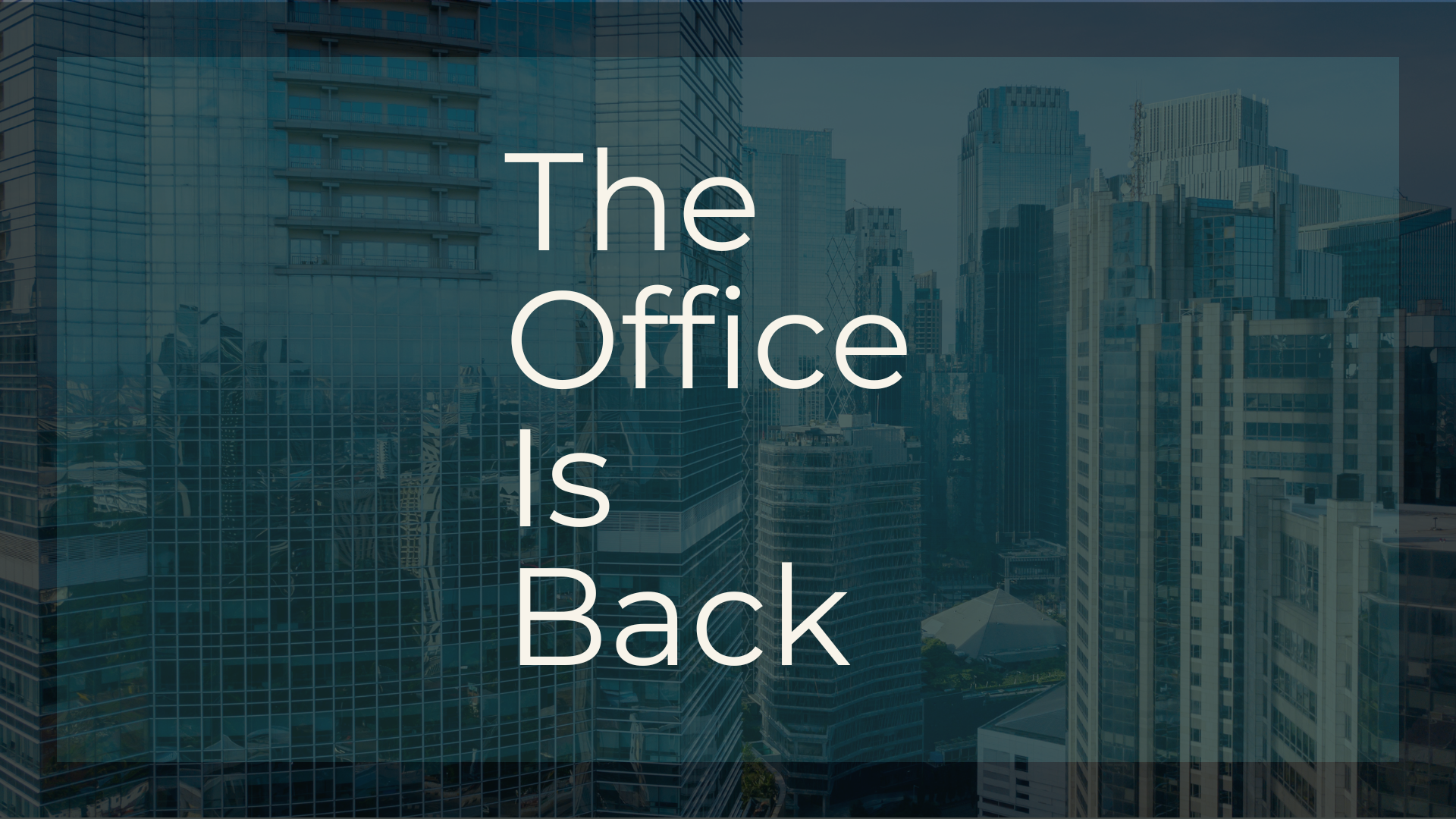An original article by Bilingual Source
The Office Is Back
After years of hybrid flexibility and fully remote work becoming normalized across corporate Canada, 2025 marks a pivotal moment in the country’s return-to-office (RTO) evolution. Companies that once embraced distributed work are now reversing course—setting more rigid in-office mandates, redefining workplace culture, and challenging employees to reorient their work lives again.
The latest sign? BMO (Bank of Montreal), one of Canada’s Big Five banks, announced on June 26, 2025, that it will require most employees to be physically present at the office four days per week. The policy will be phased in over the summer and is expected to be fully in effect by September. This move positions BMO among the most assertive employers when it comes to RTO expectations.
Who’s Calling People Back?
According to CTV News, a growing list of Canadian employers have rolled out stricter RTO mandates in 2025:
- BMO: 4 days/week required
- TD Bank: 3 days/week minimum
- RBC: 4 days/week encouraged, especially for leadership
- Scotiabank & CIBC: Hybrid with increased oversight
- Amazon Canada & Google Canada: 3 days/week, following U.S. standards
These announcements reflect a broader trend: Canadian companies are no longer offering the office—they’re expecting it.
Why Now
The rationale for this shift? Leaders cite a mix of reasons:
“In-person collaboration, mentorship, and culture-building are harder to achieve through screens,” says a senior HR executive at a major Toronto-based insurance firm. “We’re seeing dips in early-career development and cross-team innovation.”
Others argue it’s about aligning employee presence with customer expectations. “If our clients are back in boardrooms, we need to meet them there—not just via Zoom,” one consulting firm partner told Bilingual Source.
Still, many employees remain reluctant. Remote and hybrid arrangements have become a core component of work-life balance. A 2024 Ipsos poll showed that over 60% of Canadian workers would consider switching jobs to preserve remote flexibility. That tension is now playing out across boardrooms, HR departments, and recruiting pipelines.
Recruitment Ripple Effect
At Bilingual Source, we’ve seen the RTO mandates reshape talent strategies, especially for bilingual roles in Ontario and across Canada. Francophone professionals, in particular, have grown accustomed to remote-first jobs that allow them to work from Montreal, Gatineau, or Quebec City while serving clients in Toronto.
“The moment a role switches from fully remote to hybrid, the talent pool shrinks,” says a Bilingual Source recruiter. “Candidates immediately ask: ‘Is this in-office? How many days? Is there any flexibility?’ That conversation now happens before we even talk about salary.”
What Professionals Want to Know
Q: Can my employer legally require me to return to the office?
A: Yes—unless you’re protected by a specific employment agreement or union contract that says otherwise. Most employers in Canada can set workplace attendance expectations, especially with reasonable notice.
Q: If I refuse to go in, can I be let go?
A: Potentially. In many cases, refusing to comply with RTO policies could be considered cause for termination. However, accommodations may apply in cases of disability, caregiving, or protected grounds under human rights legislation.
Q: Are hybrid jobs still out there?
A: Absolutely. While some industries like finance and consulting are pushing for more in-person time, many tech, marketing, and non-profit roles remain remote or hybrid-flexible.
What Employers Need to Know
As companies enforce stricter RTO mandates, the talent implications are real. Many bilingual professionals are prioritizing flexibility more than ever—especially those outside major urban centres.
Employers who insist on in-office attendance must now compete harder for talent. That may mean improving relocation support, offering signing bonuses, or clarifying long-term flexibility for top candidates.
What Employers Should Ask Themselves
Q: Will mandating RTO damage morale?
A: It can—especially if the shift is abrupt or poorly communicated. The most successful RTO rollouts include phased returns, transparency, and clear executive modeling of in-office expectations.
Q: Is hybrid still the sweet spot?
A: For many, yes. A 2–3 day in-office model still allows for face-to-face collaboration while respecting personal flexibility. It’s also easier to recruit for.
Q: Should we be measuring attendance?
A: Increasingly, yes. Some firms are using swipe-card data or manager feedback to track office presence. However, trust, transparency, and team-level autonomy tend to yield better long-term engagement.
What’s Next
While some sectors are doubling down on RTO, others remain remote-first. Ultimately, Canada’s workplace isn’t reverting to 2019—but it is recalibrating.
The return-to-office debate is no longer hypothetical. In 2025, it’s a strategic decision that affects culture, performance, and talent retention. Employers must find the balance—and quickly—if they hope to compete in an evolving job market.
Bilingual Source helps Canada’s leading employers recruit top bilingual talent and adapt to a changing workplace. Reach out to explore how we can support your hiring needs—remote, hybrid, or in-office.
